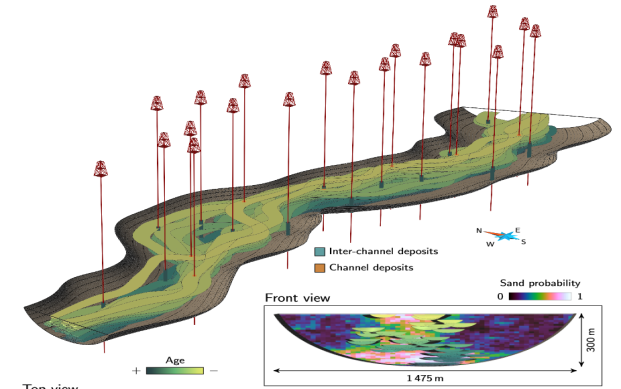
This paper discusses boundary conditions to be applied for appropriate geomechanical restoration. We use an analog lab model for confronting numerical restoration results and the "ground truth".
This work was performed during the PhD research of Benjamin Chauvin in collaboration with Harvard and Chevron.
The complete paper can be found here for free download.
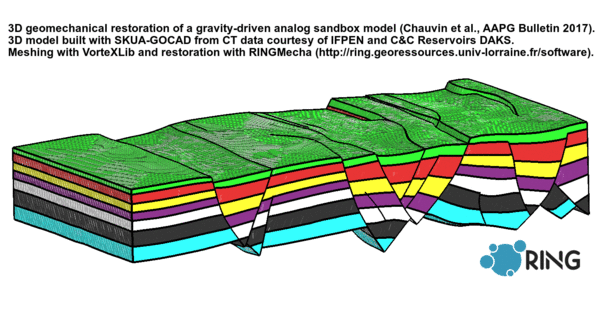
- Details
- Category: Research News
On June 8th 2017, Benjamin Chauvin defended his Ph.D. entitled "Applicability of mechanics-based restoration: boundary conditions, fault network and comparison with a geometrical method".
Congratulations Dr. Chauvin!

- Details
- Category: Research News
We are pleased to announce a mini-workshop on geology and meshing, April 1st, 2016.
New numerical schemes to simulate hydrodynamic, geomechanical and seismological processes have a great potential to handle geometrically complex geological features. Unlocking this potential calls for appropriate meshing algorithms which can adapt to geological heterogeneities while meeting numerical requirements. On the occasion of the PhD defense of Arnaud Botella, this workshop will provide opportunities to discuss about recent advances, trends and challenges in this field.
You can now watch the PhD defense and the Q&A (in French) of Arnaud Botella
- Details
- Category: Research News
- Details
- Category: Research News
New Publication: Statistical metrics for the characterization of karst network geometry and topology
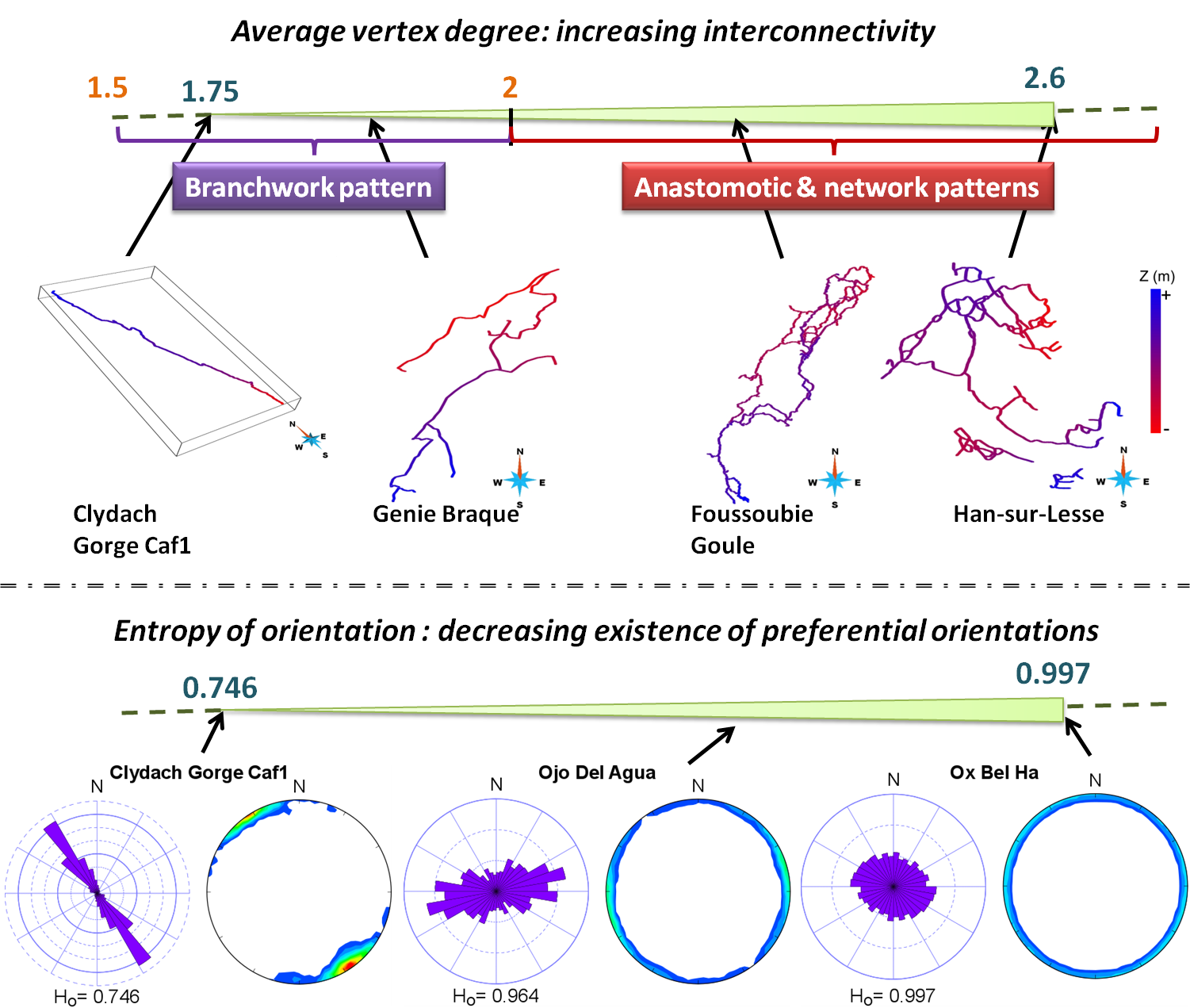
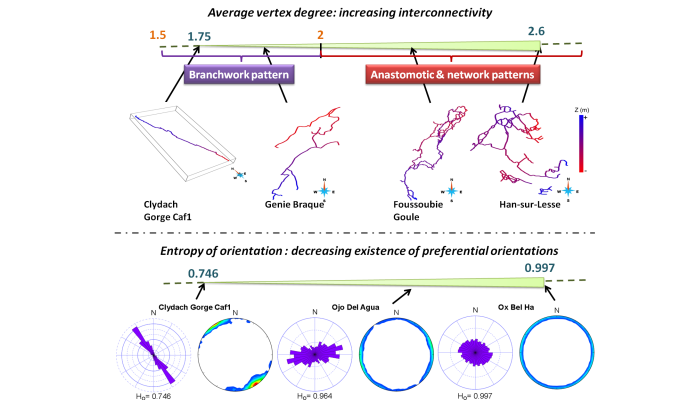

In this new paper published in Geomorphology, we (i) present and discuss a set of 21 metrics to characterize both the geometry and the topology of karstic networks, and (ii) to study their properties and their usefulness based on a set of more than 30 actual karsts mapped by speleologists. This data set includes some of the largest explored cave systems in the world and represents a broad range of geological and speleogenetic conditions allowing us to test the proposed metrics, their variability, and their usefulness for the discrimination of different morphologies.
The complete paper can be found here for free download.
Collon P., Bernasconi D., Vuilleumier C., Renard P. (2017). Statistical metrics for the characterization of karst network geometry and topology. Geomorphology, 283, 122–142. DOI: 10.1016/j.geomorph.2017.01.034
- Details
- Category: Research News
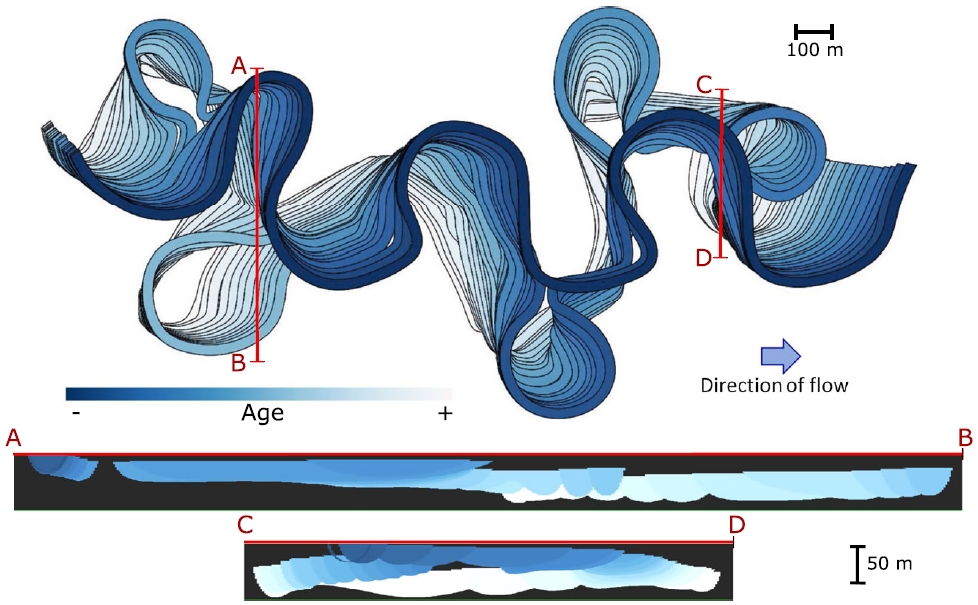
In this paper published in Mathematical Geosciences, we propose to reconstruct channelized systems with a stochastic inverse simulation that reproduces the reverse migration of the system. Starting from the last channel path, which is often the one that is brought out on seismic data, the method builds step by step possible past trajectories. As abandoned meanders provide clues about the paleo-locations of the river, they are also integrated time step by time step during the reverse simulation process. An application is provided on a satellite image of a fluvial system.
The complete paper can be found here for free download.
Parquer M.N., Collon P., Caumon G. (2017). Reconstruction of Channelized Systems Through a Conditioned Reverse Migration Method. Mathematical Geosciences, 49(8), 965–994. DOI: 10.1007/s11004-017-9700-3
- Details
- Category: Research News
On March 15th 2016, Guillaume Rongier defended his PhD entitled connectivity of channelized sedimentary systems: strategies for analysis and simulation in subsurface modeling (Connectivité de corps sédimentaires chenalisés : stratégies d'analyse et de simulation en modélisation de subsurface).
Congratulations Dr. Rongier!
- Details
- Category: Research News

